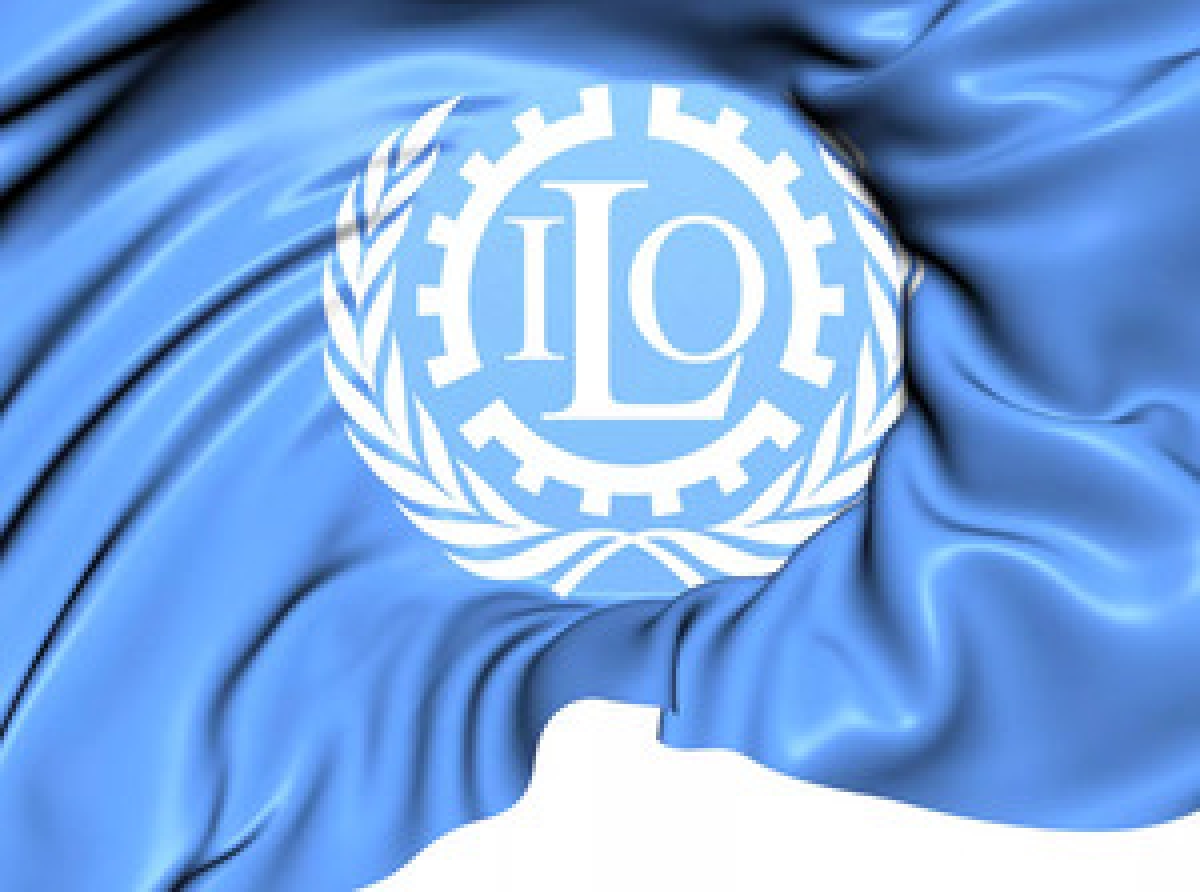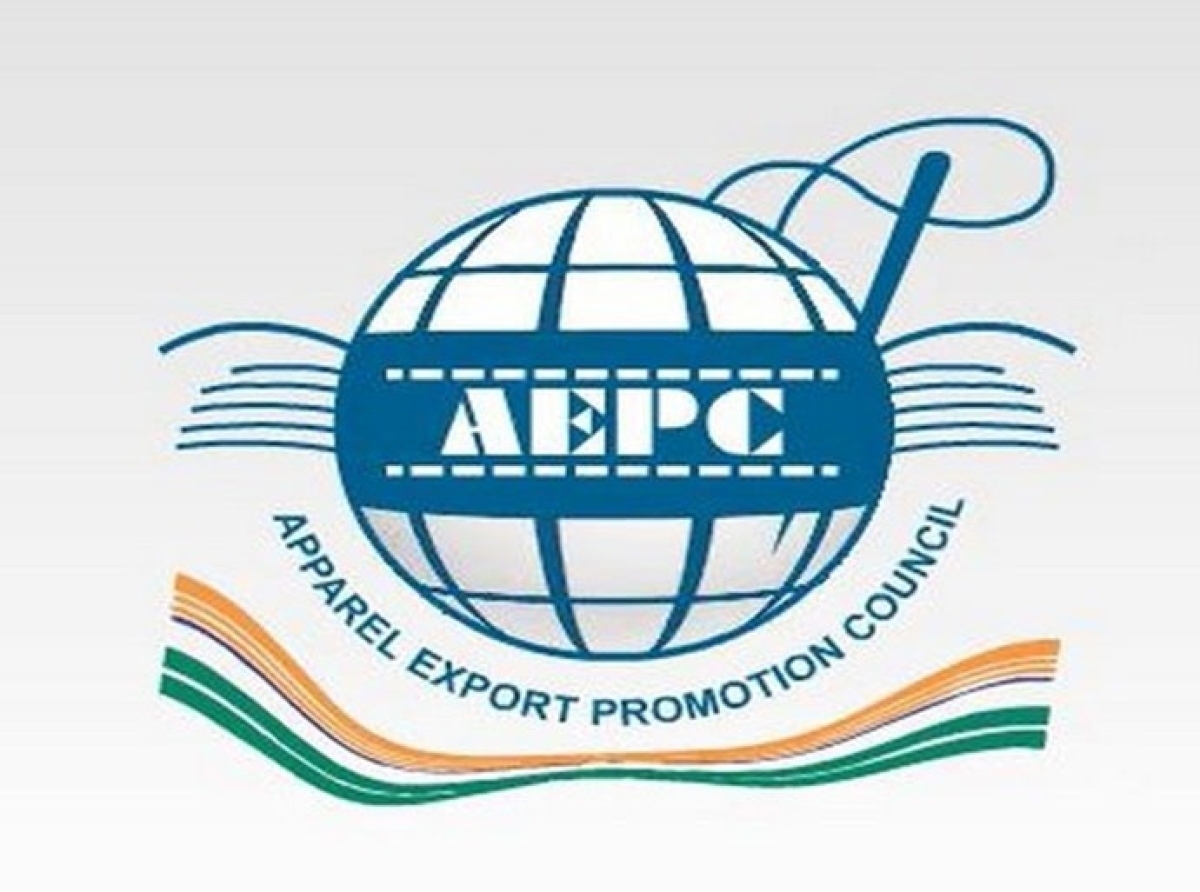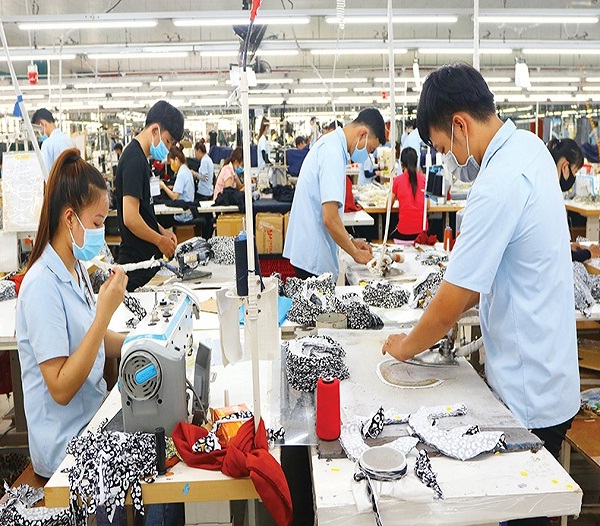The Concept Of Garment Workers' Basic Living Wage In The Textile Industry

17 June 2022, Mumbai:
A living wage is explained by the International Labor Organization as the theoretical level of wage that one must earn to pay for necessities such as shelter, food, and water in the country where they live.
While the US has one of the highest levels of the minimum pay in the world for garment workers, that rate was just around 70% of the living wage in 2018-2019.

Garment workers in Indonesia, on the other hand, earned a far lower nominal minimum pay of USD 181 per month. However, such an income level was significantly more significant than the claimed USD 103/month living wage during the same period.

ALSO READ How Favourable Is Rupee's Precipitous Fall For Indian Textile Sector
A livable wage is an absolute minimum that employees need to live a decent life. The minimum legal salary in China remains significantly below a living wage, and many workers remain poor—despite the fact that many textile workers are paid more than a living wage.
In Bangladesh, Vietnam, and Indonesia, average salaries are just a quarter to half of what a person requires to live comfortably.
RELEVANT NEWS Apparel workforce awaiting for VDA (Variable Dearness Allowance)
When it became evident that many individuals staying in Baltimore's homeless shelters were employed full-time, the city implemented living wage rules in 1994, and the alive wage movement took off.
On the city's minimum wage, campaigners discovered that it was just not feasible to maintain a decent standard of living.
2_large.jpeg)
RELEVANT NEWS How Seriously Are International Brands Looking at Indian Apparel Sector
Where salaries rise, there's a risk that local service providers may raise the cost of rent and food. This means that a rise in income may not ultimately convert into a better quality of life unless executed effectively.
And if the rise isn't uniform, then increases at one facility might result in job losses as multinational companies shift their orders to cheaper competitors. Companies must collaborate with labor unions, governments, and others to solve the issue.
RELEVANT NEWS What moves the needle on gender equality in the garment sector?
Additionally, it is critical to ensure that costs are not lowered elsewhere due to the salary increase if brands continue to pressure factory owners on price, and factory owners may balance wage increases with a reduction in workplace safety measures.
But one thing is sure: until wages are raised, the people who create our garments will be doomed to a life of poverty and peril.

RELEVANT NEWS ILO: labour market recovery forecast for 2022 downgraded
Effective government intervention is not always possible because of the unstable political situation in countries where labor rights are frequently a problem.

Local industry players often wield excessive political clout, which they use to protect their short-term interests at the expense of their workers.
-apparel-industry_large.jpg)
Brands should also commit to long-term relationships with suppliers who treat their employees fairly.
Join our community on Linkedin
























